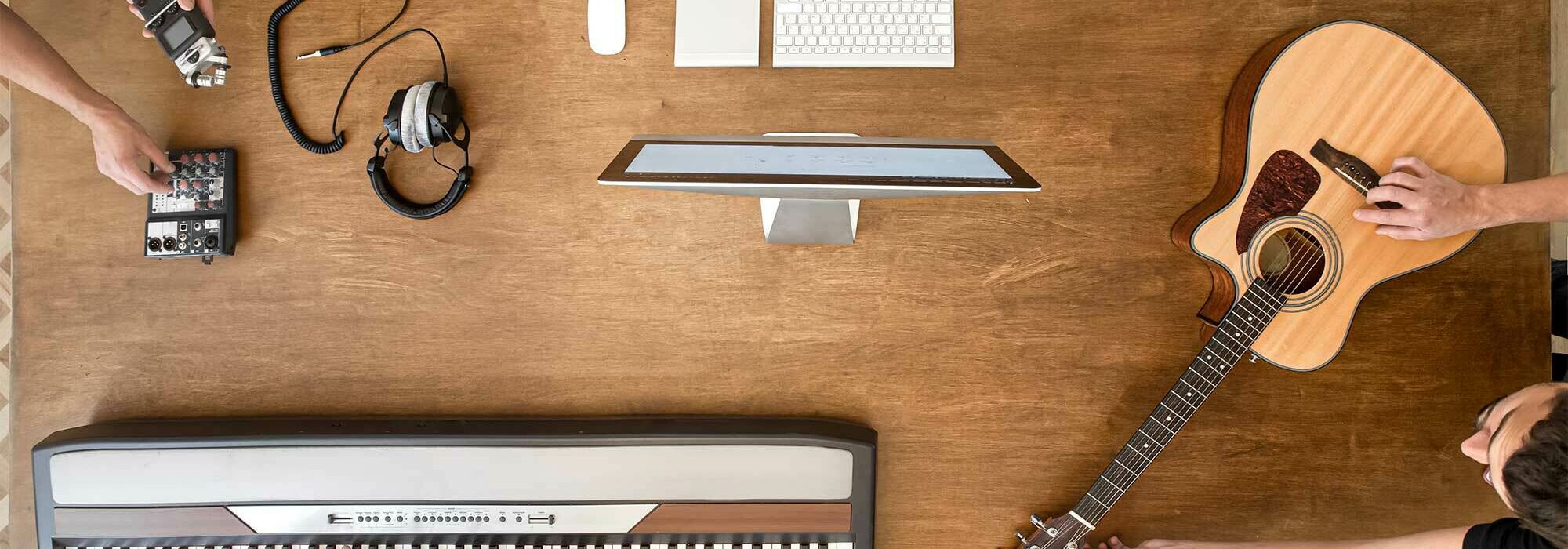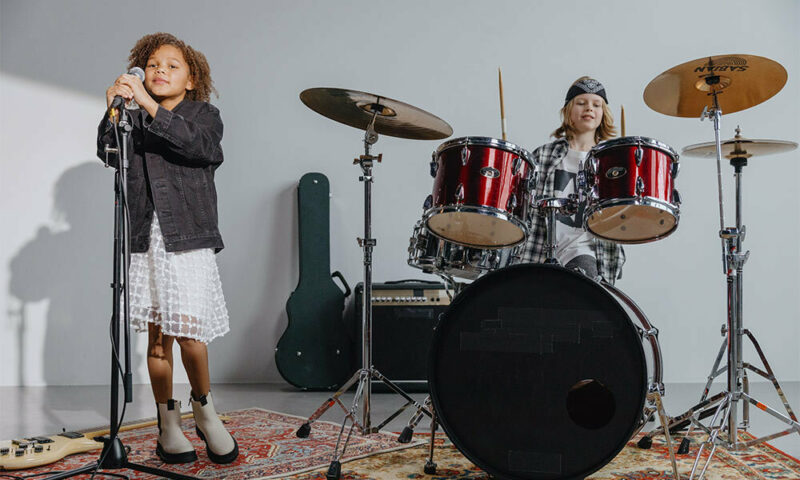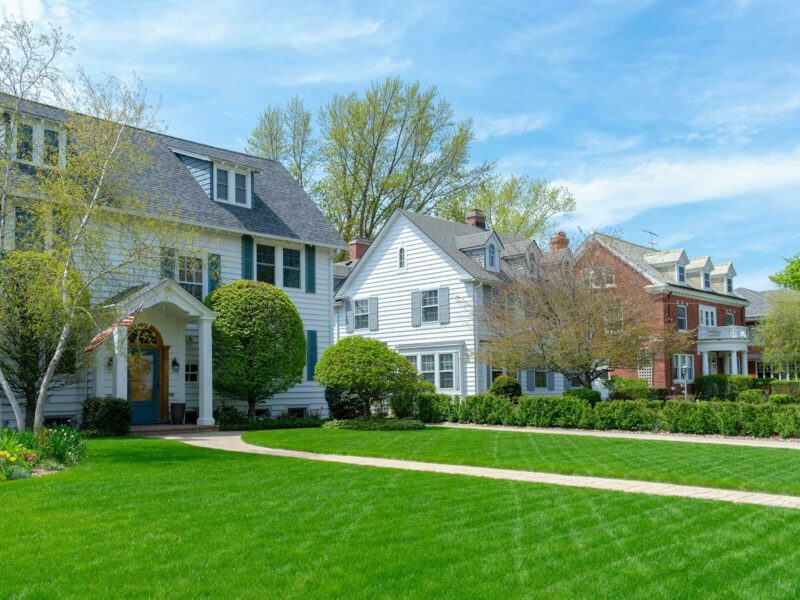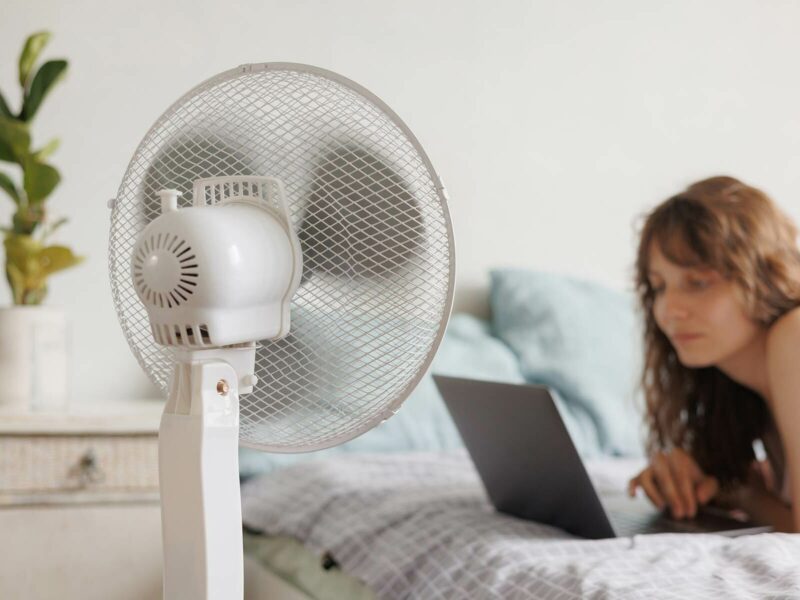Article Excerpt
Creating a home recording studio only requires a computer, some software, and some equipment. Learn what you need to do to have your own home studio.
You no longer need a large space with equipment costing hundreds of thousands of dollars to have your own recording studio. All you need is a room, a computer, some software, and a bit of equipment. Read on to learn more about what you need to have a music room in your home.
What you need for a home recording studio.
Let’s start with the essentials. The minimum requirements for a home recording studio are:
Equipment to capture sound
Equipment to record that sound
Materials to keep other sounds out
A Room
First, you need a room. It could be any room that — ideally — you aren’t using for anything else.
Soundproofing
You’ll need to keep outside noise out as much as possible. The cheapest method is to place egg-crate foam on the doors and walls. Weatherstripping, heavy curtains, and large rugs can also help seal in noise.
A Computer and Recording Software
Music recording has gone digital. The only recording equipment you will need is a computer and digital audio workstation (DAW) software.
Every MacBook Pro comes with a simple DAW called GarageBand, which is great for easy recording and sound effects. Logic and Pro Tools are more professionally-oriented DAWs.
DAW Interface
You’ll need to connect the recording equipment to your computer. A DAW interface will do that for you. Focusrite is a popular interface manufacturer. A simple interface may run about $100.
Microphones
The kind of music you will be recording will determine what microphones you need. Most microphones fall into one of two categories: condenser or dynamic. Condenser mics work best for high-frequency instruments like piano or acoustic guitar. Dynamic mics work best for low- to mid-frequency instruments like drums or bass. For vocals, a large-diaphragm condenser mic is usually best.
Mic Stands
Not all mic stands are the same. The kind of microphone you choose will determine what mic stand you need.
Headphones
You’ll want a pair of closed-back headphones to use while recording. These are a type of noise-cancelling headphones that can isolate the sound that your mic is picking up.
When it’s time for mixing, you might want a pair of open-back headphones, which have fewer noise-cancelling properties but much greater sound quality. Headphones are probably more common in home studios than their alternative, studio monitors.
Studio Monitors
Studio monitors are speakers designed to present sound without any enhancements or corrections. They allow you to evaluate your mix objectively.
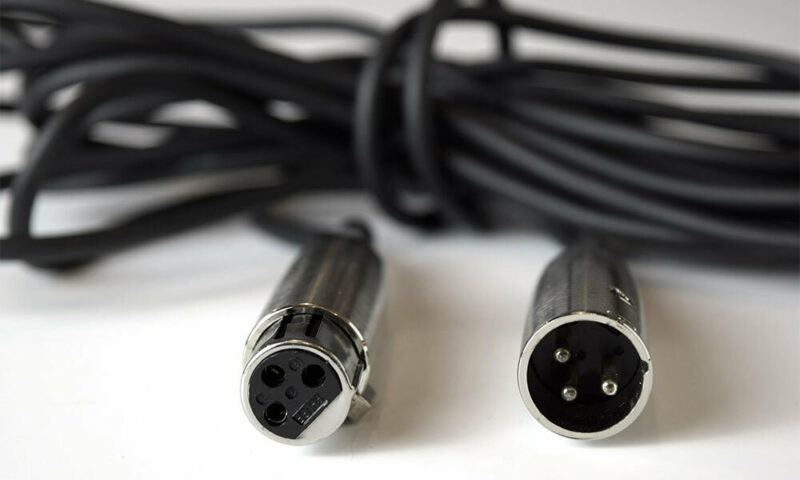
Cables
You’ll need cables to connect your mic(s) to your DAW interface. If you use studio monitors, you’ll need at least three XLR cables — one for the mic and two for the monitors. If you use headphones while mixing, you’ll need a good headphone cable.
Check for which type of headphone cable you need. If you’re plugging into a laptop on one end, you’ll likely need a 3.5mm jack on one end, but a different size jack on the other end to fit your headphones.
Pop Filters
Quality microphones can be almost too good at picking up sound. They may pick up a vocal artifact created by “b” and “p” sounds known as “popping.” Popping can actually damage highly sensitive mics.
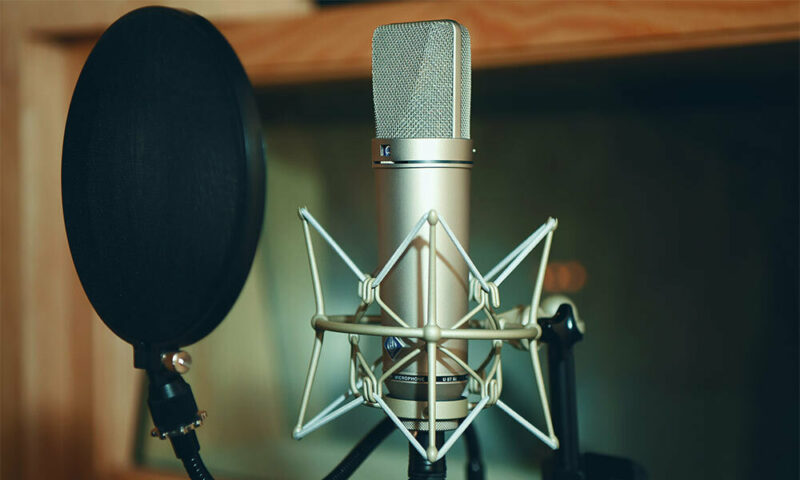
Photo by Odin Reyna from Pexels
Singers often use “pop filters” to block these sounds. If you’ve ever seen a music video where a singer is belting a tune into a microphone covered by a mesh screen, you’ve seen a pop filter.
What you don’t need, but would be nice for a home recording studio.
A few other items that can add to your home recording studio might include:
MIDI keyboard: This is an inexpensive keyboard that pairs directly with your DAW. It allows you to play the keyboard (and whatever sound you’ve assigned it) on the computer directly with no need for a microphone.
Wall-mounted guitar stands: These save floor space in your studio and let you show off your instruments.
Closet studio: You can soundproof a closet in your studio to use as an isolation booth for vocals.
Accent wall: Some sound-dampening elements can enhance the look of your studio, although they tend to be more expensive than eggcrate foam.
Ear training software: Musicians and sound engineers have very different skill sets. If you are new to recording, software is available that can help you start listening to music like a sound engineer.
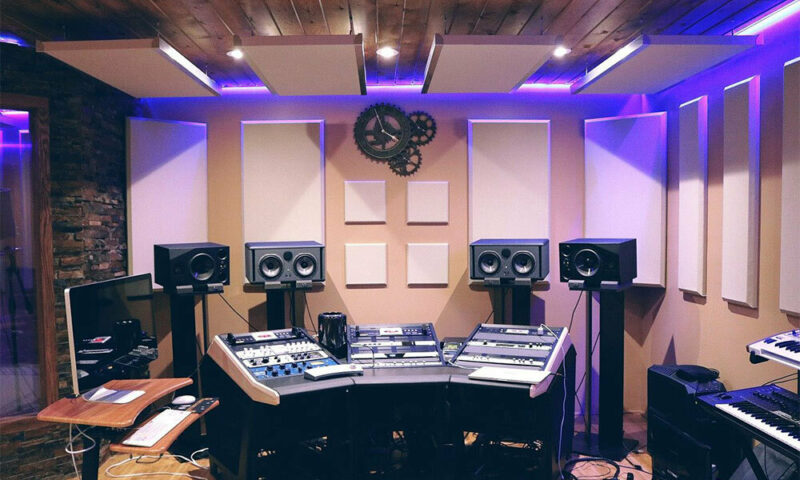
Become a homeowner!
It’s perfectly doable to set up an in-home studio at an apartment complex. But if you want to take it to the next level, you’ll need your own home. Plus, upstairs neighbor noise won’t ruin a good take.
See which mortgage options you qualify for with the lender Texans trust!
